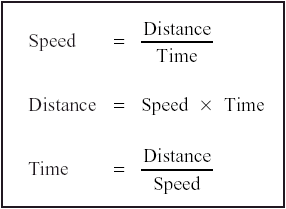

For example, a system with a service contract guaranteeing a mean time to "repair" of 24 hours, but with additional part lead times, administrative delays, and technician transportation delays adding up to a mean of 6 days, would not be any more attractive than another system with a service contract guaranteeing a mean time to "recovery" of 7 days. Objective: To evaluate recovery after major trauma over a 24-month time frame. However, in the context of a maintenance contract, it would be important to distinguish whether MTTR is meant to be a measure of the mean time between the point at which the failure is first discovered until the point at which the equipment returns to operation (usually termed "mean time to recovery"), or only a measure of the elapsed time between the point where repairs actually begin until the point at which the equipment returns to operation (usually termed "mean time to repair"). MTTR is often part of a maintenance contract, where a system whose MTTR is 24 hours is generally more valuable than for one of 7 days if mean time between failures is equal, because its Operational Availability is higher. If a latent fault goes undetected until an independent failure occurs, the system may not be able to recover. In fault-tolerant design, MTTR is usually considered to also include the time the fault is latent (the time from when the failure occurs until it is detected). It generally does not include lead time for parts not readily available or other Administrative or Logistic Downtime (ALDT). Expressed mathematically, it is the total corrective maintenance time for failures divided by the total number of corrective maintenance actions for failures during a given period of time. It represents the average time required to repair a failed component or device. Mean time to repair ( MTTR) is a basic measure of the maintainability of repairable items. these two common measures are point-to-point matching, and insensitive to the re-ordering of the time points and the spacing between the sampling times. Studies that investigate either (1) changes in mean scores over three or more time points, or (2) differences in mean scores under three or more different conditions. The current study aimed to develop and validate the DBS method in order to identify the best time point to measure UST concentrations to predict long-term outcome in CD patients and explore the pharmacokinetic profile.For other uses, see MTTR (disambiguation). We can analyse data using a repeated measures ANOVA for two types of study design. Dried blood spot (DBS) sampling allows convenient and remote collection of a blood drop through a small finger prick. Measures corresponding to extreme scores are included in the computation. Computes the Pearson point-measure correlation coefficients, r pm between the observations and the measures or anchor values adjusted to exclude the current observation. Identification of the optimal time point to measure UST levels that have a predictive value for long-term outcome requires studies with multiple sampling. Point-measure correlation excluding the current observation from the estimation of the measure. To reduce the risk of loss of response, drug concentrations could be measured upfront to predict the chance of achieving response later on and optimising treatment if necessary.

Drug concentrations are most often measured when a patient is losing response. Therapeutic drug monitoring of ustekinumab (UST), a monoclonal antibody directed against the p40 subunit of IL12/23, can serve as a tool to identify underexposed Crohn’s disease (CD) patients, as UST concentrations have been linked to treatment response. The amount of information exchanged per unit of time between two dynamic processes is an important concept for the analysis of complex systems.


 0 kommentar(er)
0 kommentar(er)
